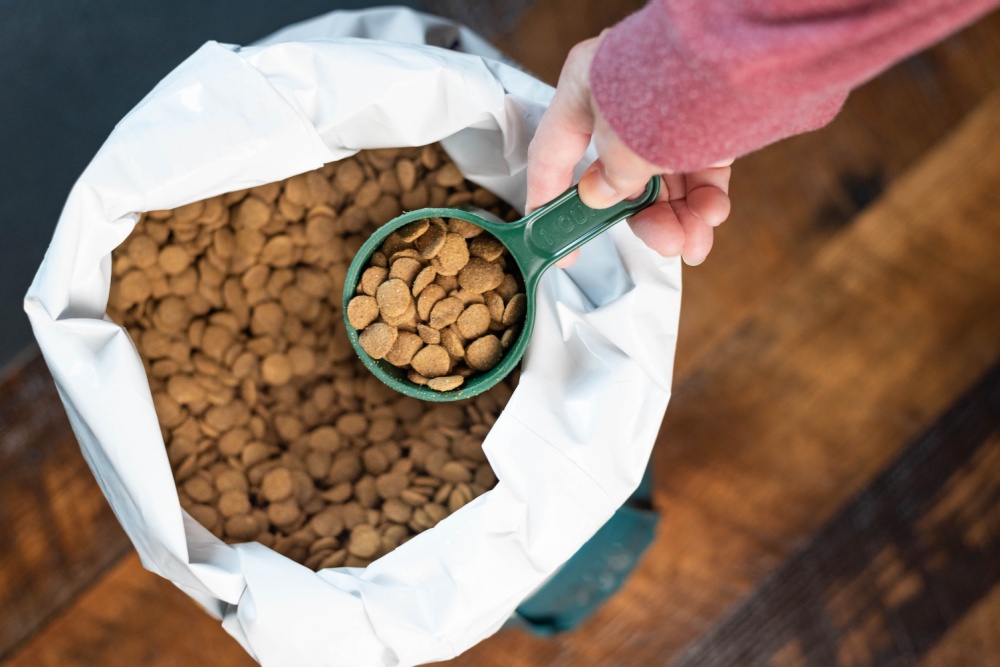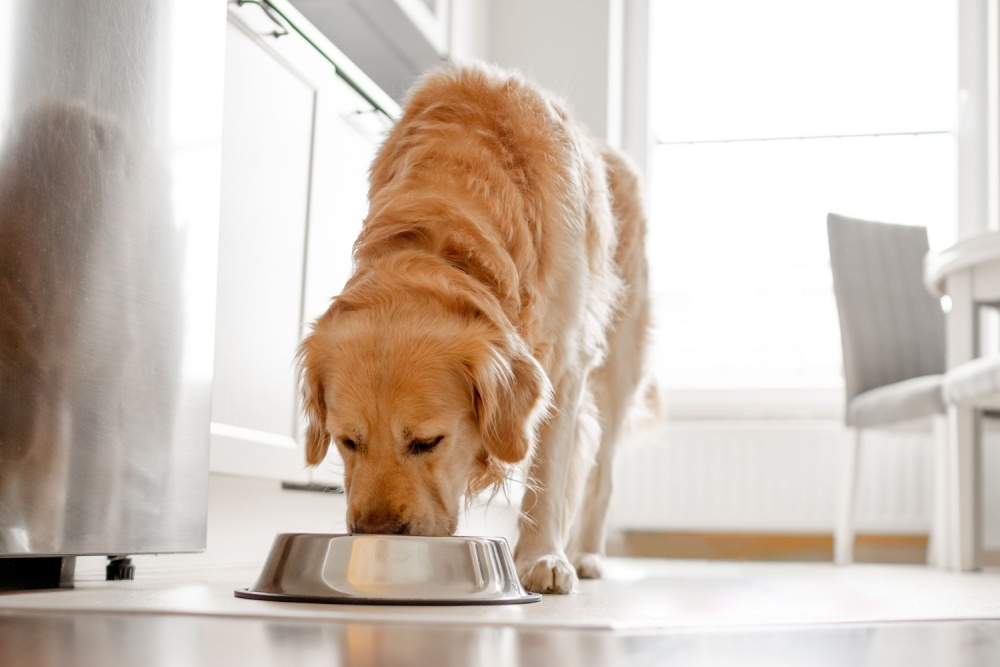Your Quick Guide to Hypoallergenic Dog Food in the Philippines
When you see your beloved dog scratching uncomfortably or experiencing digestive woes, it naturally makes you wonder what you can do to help. You might start looking closely at their diet, and that’s often where the conversation about hypoallergenic dog food comes in. Understanding hypoallergenic dog food ingredients and what makes certain foods better suited for sensitive pups can make a world of difference in their comfort and overall well-being.
Let’s explore what hypoallergenic dog food is all about, why it might be the answer for your sensitive companion, and how to choose the best option to help them thrive.
What is Hypoallergenic Dog Food?
Hypoallergenic dog food is designed to minimize the chances of causing allergic reactions in dogs. It’s formulated for dogs with food sensitivities or allergies, which occur when a dog’s immune system overreacts to certain proteins in their food.
Unlike regular dog food that might contain common allergens, hypoallergenic dog food brands typically use novel (new) protein sources. They might also use proteins that have been broken down (hydrolyzed proteins), which are less likely to cause allergies. They also often feature a limited number of ingredients to reduce the chances of including something your dog is sensitive to.
Signs That Your Dog Might Need a Hypoallergenic Diet
How can you tell if your dog could benefit from hypoallergenic dry dog food? Our furry friends can’t tell us in words how they’re feeling, but they certainly show us through physical signs. Paying close attention to these cues is the first step in helping them find a good hypoallergenic dog food brand for them.

- Skin Troubles: This is one of the most frequent indicators. Look for excessive itching (especially around the ears, paws, and hindquarters), redness, inflammation, hot spots, chronic ear infections (itchy, red, sometimes with discharge), and recurring skin infections.
- Digestive Upset: Food sensitivities can manifest as chronic or recurring diarrhea, vomiting, excessive gas, or a rumbling tummy.
- Paw Licking/Chewing: Constant licking or chewing of the paws can be a sign of itchiness, often linked to allergies.
- Coat Issues: A dull, dry, or poor-quality coat, or excessive shedding, can sometimes be related to dietary sensitivities.
- Other Signs: Less common signs might include sneezing, wheezing, watery eyes, or hyperactivity.
If you notice any of these persistent signs, it’s always best to consult with your veterinarian. They can help determine if a food sensitivity is the root cause and guide you toward the right diagnostic steps.
The Benefits of a Hypoallergenic Diet
Because allergies are one of the more common reasons pet parents bring their dogs to the vet, a hypoallergenic diet with suitable dog food ingredients can bring significant positive changes. The primary benefit is, of course, relief from uncomfortable symptoms. But beyond symptom relief, the benefits extend to:
- Improved Skin and Coat Health: With the removal of allergens, irritated skin can heal, redness can subside, and a healthy, shiny coat can return.
- Better Digestive Health: Upset tummies can settle down, leading to less gas, vomiting, and diarrhea, which means happier walks and more comfortable rest times.
- Increased Comfort and Happiness: When free from the constant irritation of allergies, dogs are generally more comfortable, playful, and have an improved overall quality of life.
- Reduced Risk of Secondary Infections: Chronic itching and inflammation can lead to secondary bacterial or yeast infections on the skin and in the ears. By addressing the underlying allergy, you can help prevent these painful complications.

What to Look for in High-Quality Hypoallergenic Food
Choosing the right hypoallergenic dog food brand can feel a bit overwhelming with so many options available. When you examine dog food, carefully read the ingredient list and understand the source of the protein and carbohydrates.
- Novel Proteins: These are protein sources your dog hasn’t likely eaten before, making an allergic reaction less probable. Some examples include duck, venison, and rabbit.
Why does this work? Your dog’s immune system reacts to proteins it recognizes as threats. If it hasn’t seen a certain protein before, it’s less likely to react and trigger an allergy.
- Hydrolyzed Proteins: In this case, common proteins like chicken or soy are broken down into tiny fragments. These fragments are so small that the dog’s immune system doesn’t recognize them as the original protein, thus avoiding a reaction. This is a highly effective approach for dogs with severe allergies to common proteins.
- Limited Ingredients: Many hypoallergenic dog food brands in the Philippines feature a limited number of ingredients. This makes it easier to identify and avoid allergens. A shorter ingredient list means minimizing exposure to potential culprits.
- Quality Carbohydrate Sources: Look for easily digestible carbohydrates like sweet potato, potato, or peas, rather than common allergens like corn or wheat. These provide necessary energy and fiber without introducing common sensitivity triggers.
- Healthy Fats, Especially Omega-3 Fatty Acids: Omega-3 fatty acids, often from fish oil, are fantastic for reducing inflammation and supporting skin and coat health. Since skin issues are common in allergic dogs, these fats play a crucial role in helping the skin barrier heal and become more resilient.
- Avoidance of Artificial Additives: High-quality hypoallergenic dog food brands in the Philippines typically steer clear of artificial colors, flavors, and preservatives, which can sometimes contribute to sensitivities in some dogs.
What to Avoid: Identifying Allergens
While every dog is a unique individual, some food ingredients are more commonly associated with allergies in dogs than others. Common dog food allergens to be aware of and potentially avoid include:
- Chicken
- Dairy
- Egg
- Wheat
- Soy
- Corn
It’s important to remember that a dog can develop an allergy to any protein source they have been exposed to over time. This is why novel hypoallergenic dog food ingredients or hydrolyzed proteins are often recommended as a starting point for treatment.

Help Your Dog Feel Their Best
When your dog isn’t feeling quite right, especially because of food sensitivities, it can be tough to watch. But even small steps, like noticing the signs early and learning what foods work best, can make a big difference. The right food helps them feel safe, comfortable, and cared for every day.
Choosing food from a brand you can trust, a brand that understands the importance of quality for the health and happiness of your pet, is a wonderful way to show your sensitive companion just how much you care. With the right approach and a little guidance, you can help your dog live a happier, more comfortable life.
Wondering what dog food is hypoallergenic in the Philippines? At Consumer Care, we’ve always believed in creating products that support the unique needs of Filipino homes. Our Vitality line was made with that same belief—offering balanced, quality hypoallergenic dog food in the Philippines to help your fur babies live healthier, more joyful lives.
Explore Vitality’s range of pet food options and give your dog the comfort they deserve—one meal at a time.








